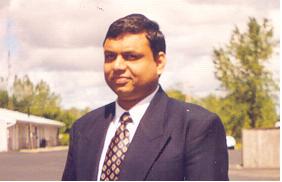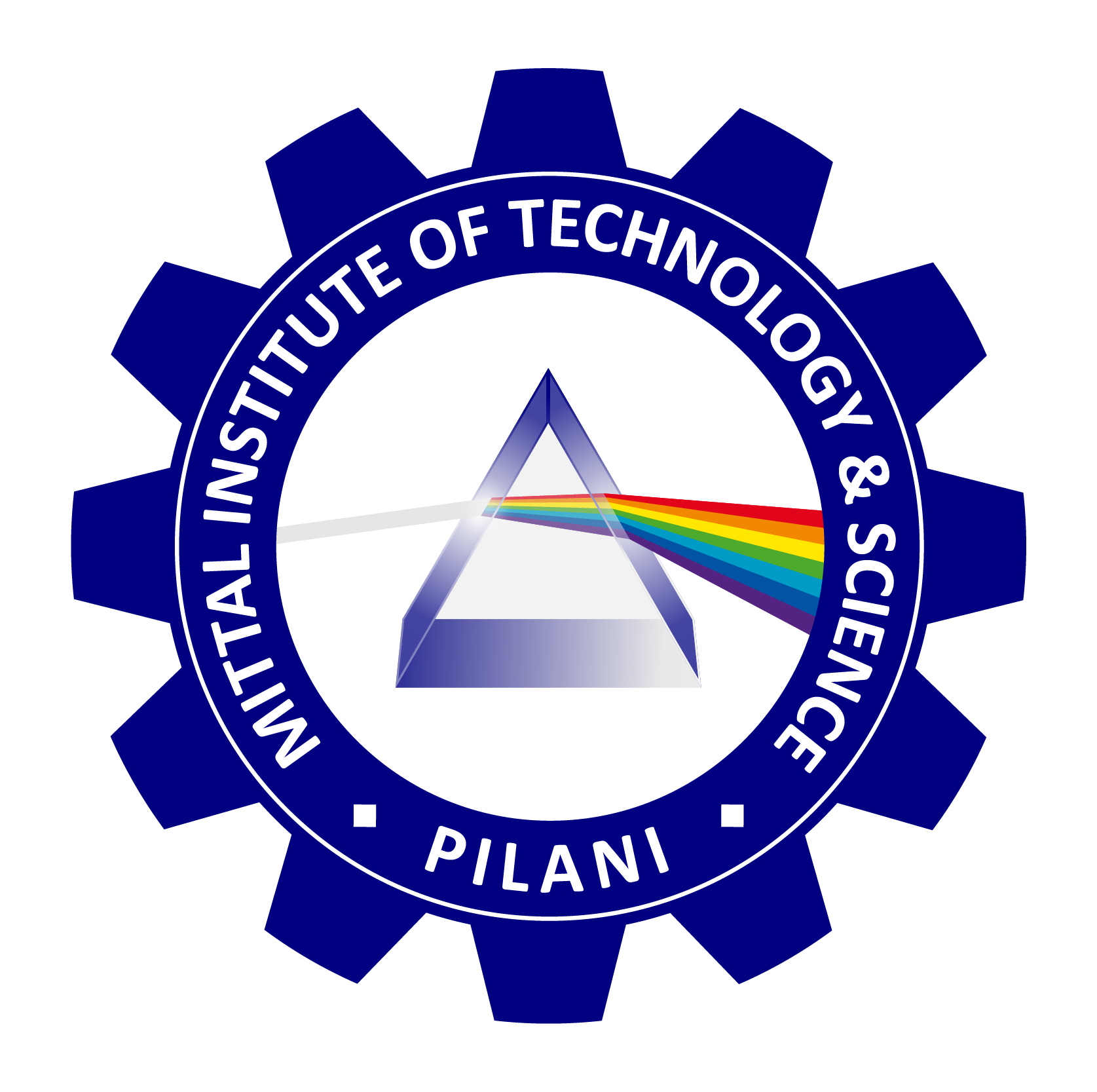
MITTAL INSTITUTE OF TECHNOLOGY & SCIENCE, PILANI
Internet of Things (IoT)
The Internet of Things (IoT) has evolved from a conceptual framework to a fundamental technology enabling a wide range of industrial applications. IoT refers to the interconnected system of physical devices embedded with sensors, software, and other technologies to collect, process, and exchange data over the internet. In the industrial domain, this concept—often referred to as the Industrial Internet of Things (IIoT)—has transformed manufacturing, logistics, energy, and other sectors. IIoT enables the optimization of industrial operations, predictive maintenance, improved safety, and more efficient resource management.
Evolution of IoT in Industry
IoT has its roots in the manufacturing sector, where automation and machine-to-machine communication were initially leveraged to optimize production lines. Over time, advances in networking technologies, the proliferation of smart sensors, and the development of data analytics tools facilitated IoT’s expansion across various industries. In its advanced form, IIoT integrates advanced concepts like artificial intelligence (AI), machine learning (ML), and edge computing to create intelligent industrial systems that are highly automated, self-optimizing, and capable of making real-time decisions.
Key Components of Industrial IoT
- Sensors and Actuators: Sensors collect real-time data from industrial environments, including temperature, pressure, vibration, and chemical composition. Actuators, on the other hand, respond to commands, enabling machines to adjust their operations automatically.
- Connectivity: Industrial environments rely on robust and secure communication protocols, such as 5G, low-power wide-area networks (LPWAN), and industrial Ethernet, to enable the fast and reliable transmission of large amounts of data between devices, systems, and the cloud.
- Edge and Cloud Computing: Edge computing processes data closer to where it is generated, minimizing latency and reducing the load on central cloud servers. The cloud provides large-scale processing and storage capabilities, enabling real-time analytics, centralized control, and data-driven decision-making.
- Big Data and Analytics: IIoT generates vast amounts of data from connected devices. Advanced data analytics, including AI and ML, are applied to gain insights, optimize processes, and predict failures before they occur, improving operational efficiency and reducing downtime.
- Security Infrastructure: Given the critical nature of industrial systems, ensuring the security of connected devices, networks, and data is paramount. Strong encryption, secure communication protocols, and real-time monitoring systems are vital to protect industrial IoT networks from cyberattacks.
Applications of IoT in Industry
- Predictive Maintenance: One of the most valuable IIoT applications is predictive maintenance. By continuously monitoring the condition of machinery through sensors, companies can predict when equipment is likely to fail. This allows for maintenance to be performed only when necessary, avoiding costly unplanned downtime and extending equipment life.
- Smart Manufacturing: IoT enables real-time monitoring and automation of the entire manufacturing process, creating a “smart factory.” Machines and robots equipped with sensors and actuators can communicate with each other to optimize production, reducing waste and improving quality. Additionally, IoT allows for customized manufacturing processes to respond rapidly to changing demands.
- Energy Management: Industrial facilities consume vast amounts of energy. IoT-enabled systems can monitor and control energy consumption in real time, identifying inefficiencies and optimizing usage. Advanced IoT-based energy management systems integrate renewable energy sources and adjust operations based on grid conditions, contributing to sustainability and reducing costs.
- Supply Chain and Logistics: IoT plays a key role in optimizing the supply chain by providing end-to-end visibility. Sensors embedded in goods and vehicles track the location, condition, and status of shipments in real time, allowing for just-in-time delivery, reducing inventory costs, and preventing product spoilage. IoT also facilitates automation in warehouses and distribution centers, further enhancing operational efficiency.
- Remote Monitoring and Control: IoT enables remote monitoring and control of industrial assets located in geographically dispersed or hard-to-reach locations, such as oil rigs, pipelines, and wind farms. By using connected devices, companies can monitor equipment performance, detect anomalies, and make adjustments without needing personnel on-site. This leads to greater operational efficiency and reduces the risks associated with sending human workers to hazardous environments.
- Quality Control and Assurance: IoT facilitates real-time quality monitoring in industrial environments. Sensors installed along production lines can measure critical parameters, such as product dimensions, temperature, and chemical composition. Deviations from set standards trigger immediate alerts, enabling corrective actions to be taken before defective products are produced in large quantities. This leads to higher quality output and reduces waste.
- Health and Safety: IoT has significant applications in improving worker safety in hazardous environments, such as mining, construction, and chemical plants. Wearable IoT devices equipped with sensors monitor workers’ health and environmental conditions in real time. In case of dangerous levels of toxic gases, extreme temperatures, or worker distress, the system can trigger alarms or automatically shut down equipment to prevent accidents.
Challenges in Industrial IoT Implementation
- Interoperability: Industrial environments often contain equipment from different manufacturers, using diverse communication protocols. Ensuring that these devices can interoperate seamlessly is a significant challenge, requiring standardization and collaboration across the industry.
- Data Security and Privacy: As IoT devices multiply in industrial settings, the risk of cyberattacks grows. Protecting the network from unauthorized access and ensuring the integrity and confidentiality of data are major concerns. Industrial environments must invest in robust cybersecurity measures, such as firewalls, encryption, and real-time intrusion detection systems.
- Scalability: IIoT deployments often involve thousands of devices that generate massive amounts of data. Scaling such systems while ensuring low latency, high availability, and efficient data management is a complex technical challenge that requires careful planning and robust infrastructure.
- Cost and ROI: Implementing IoT in industrial settings can involve significant upfront costs, particularly in retrofitting existing equipment with sensors and connectivity. Companies need to weigh these costs against the long-term benefits of increased efficiency, reduced downtime, and enhanced safety to achieve a positive return on investment.
Future Trends in Industrial IoT
- AI and Machine Learning Integration: The future of IIoT will see deeper integration of AI and ML into industrial systems. These technologies will not only improve predictive maintenance but also enable systems to self-optimize, learning from past data and adjusting operations autonomously to improve efficiency and reduce waste.
- 5G and Real-Time Connectivity: The rollout of 5G networks is set to revolutionize IoT by providing ultra-low-latency and high-bandwidth communication. This will enable more sophisticated applications, such as real-time robotics control, AR/VR-based remote assistance, and near-instantaneous data processing for mission-critical operations.
- Digital Twins: Digital twins, virtual models of physical assets, will become increasingly common in IIoT. They allow companies to simulate different scenarios, predict outcomes, and optimize the performance of assets without affecting real-world operations. Digital twins are particularly valuable in industries like aerospace, energy, and manufacturing.
- Sustainability and Circular Economy: As industries move toward more sustainable practices, IoT will play a critical role in enabling the circular economy. Sensors will track resource usage, waste, and recycling processes, helping industries minimize their environmental footprint and contribute to more sustainable practices.
The Internet of Things has become an indispensable component of modern industrial applications. As it continues to evolve, IoT will enable industries to become more efficient, safer, and more sustainable, driving the next wave of industrial innovation. However, its successful implementation requires addressing challenges related to interoperability, security, and scalability. With the advent of AI, 5G, and other cutting-edge technologies, IIoT will further revolutionize industries and lay the foundation for smart factories, smart cities, and an interconnected industrial ecosystem.

Professor Rakesh Mittal
Computer Science
Director
Mittal Institute of Technology & Science, Pilani, India and Clearwater, Florida, USA
